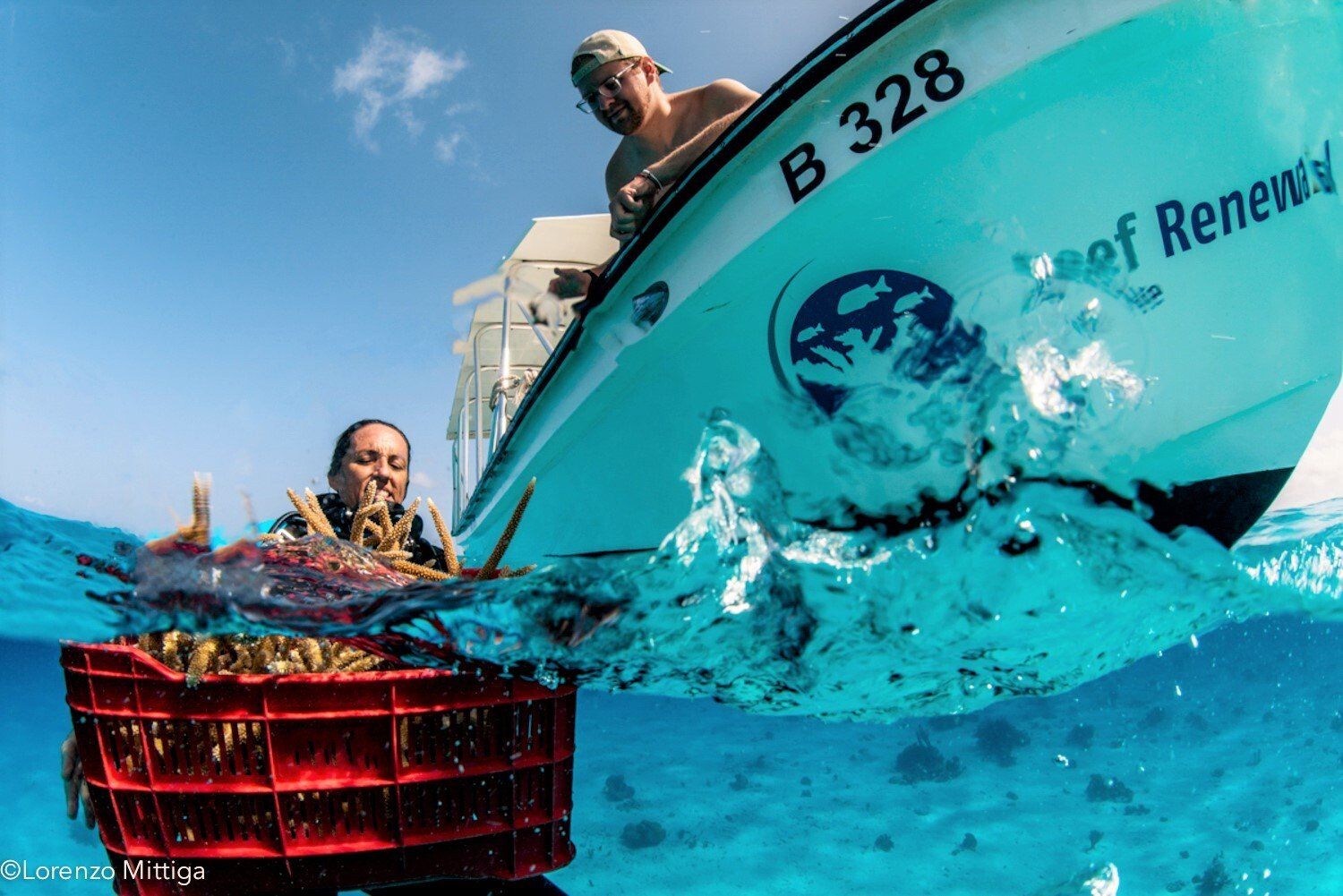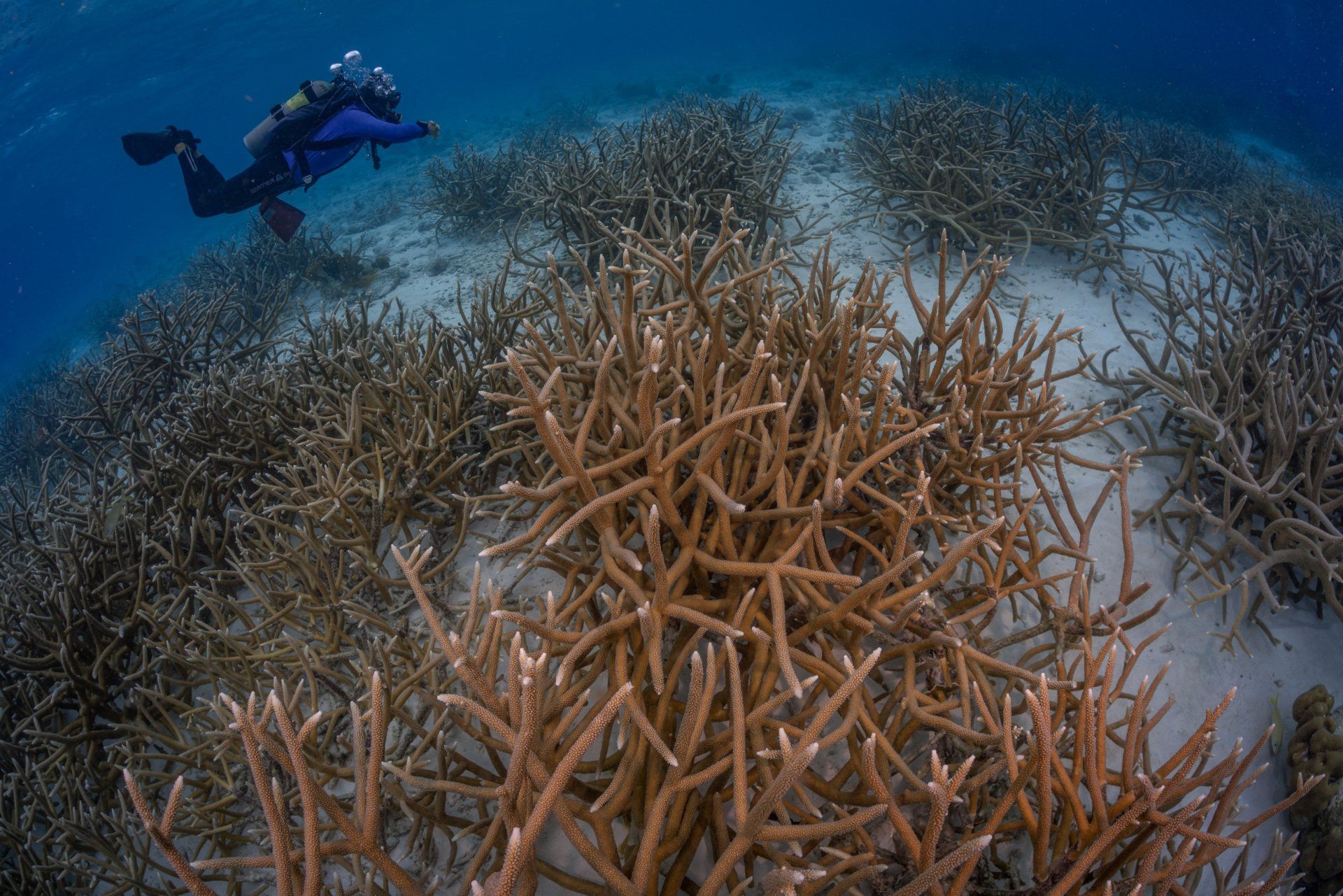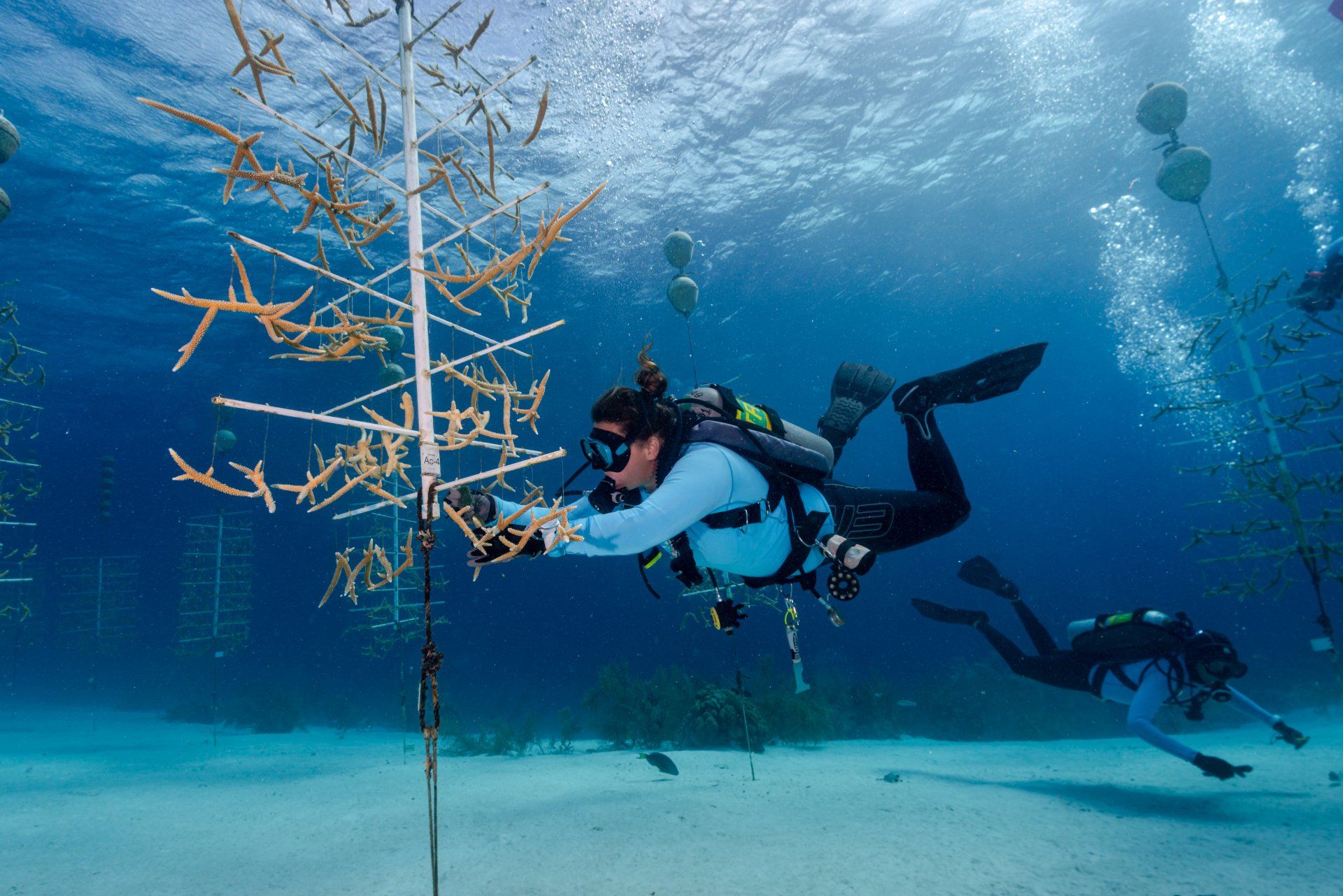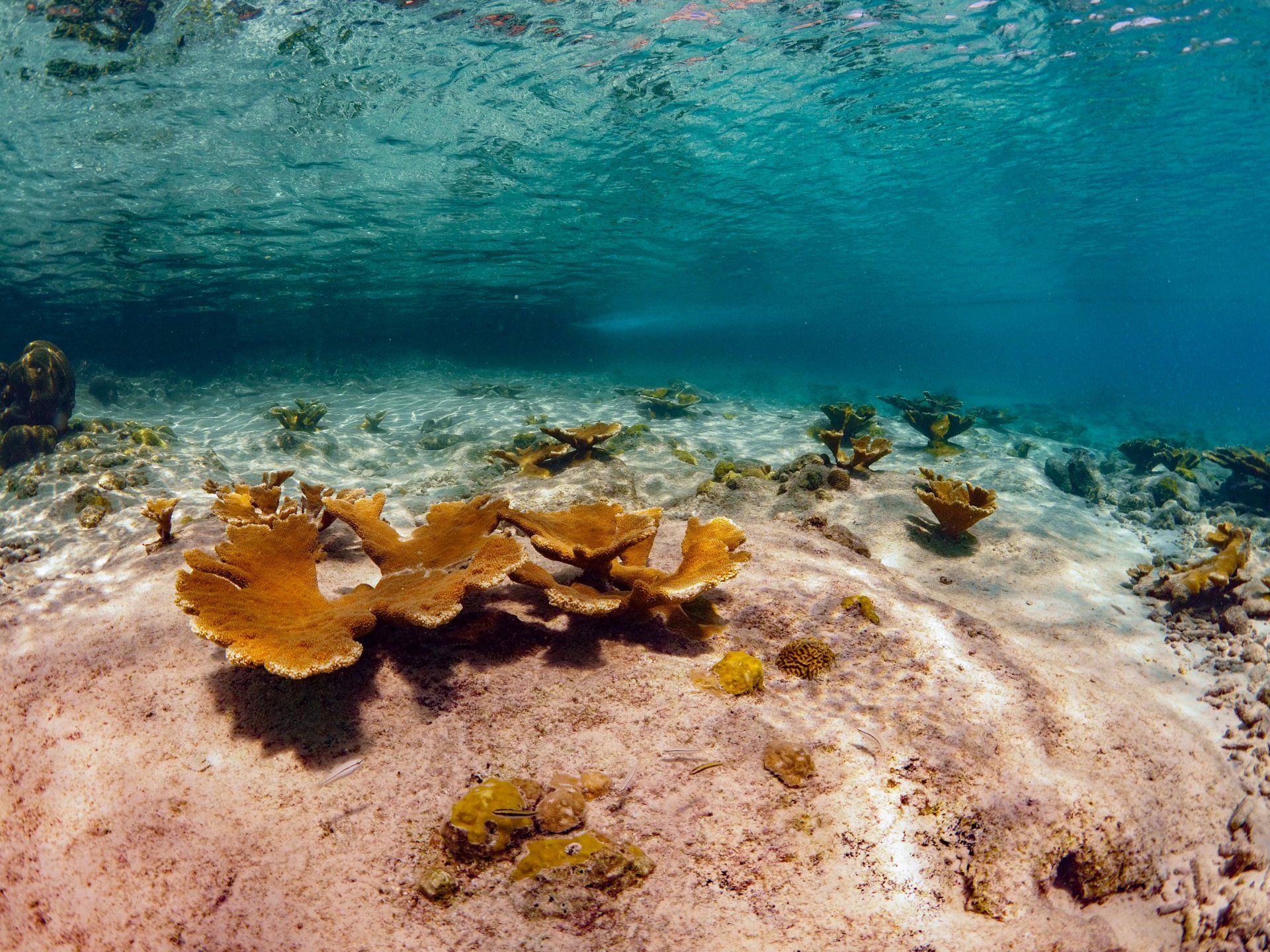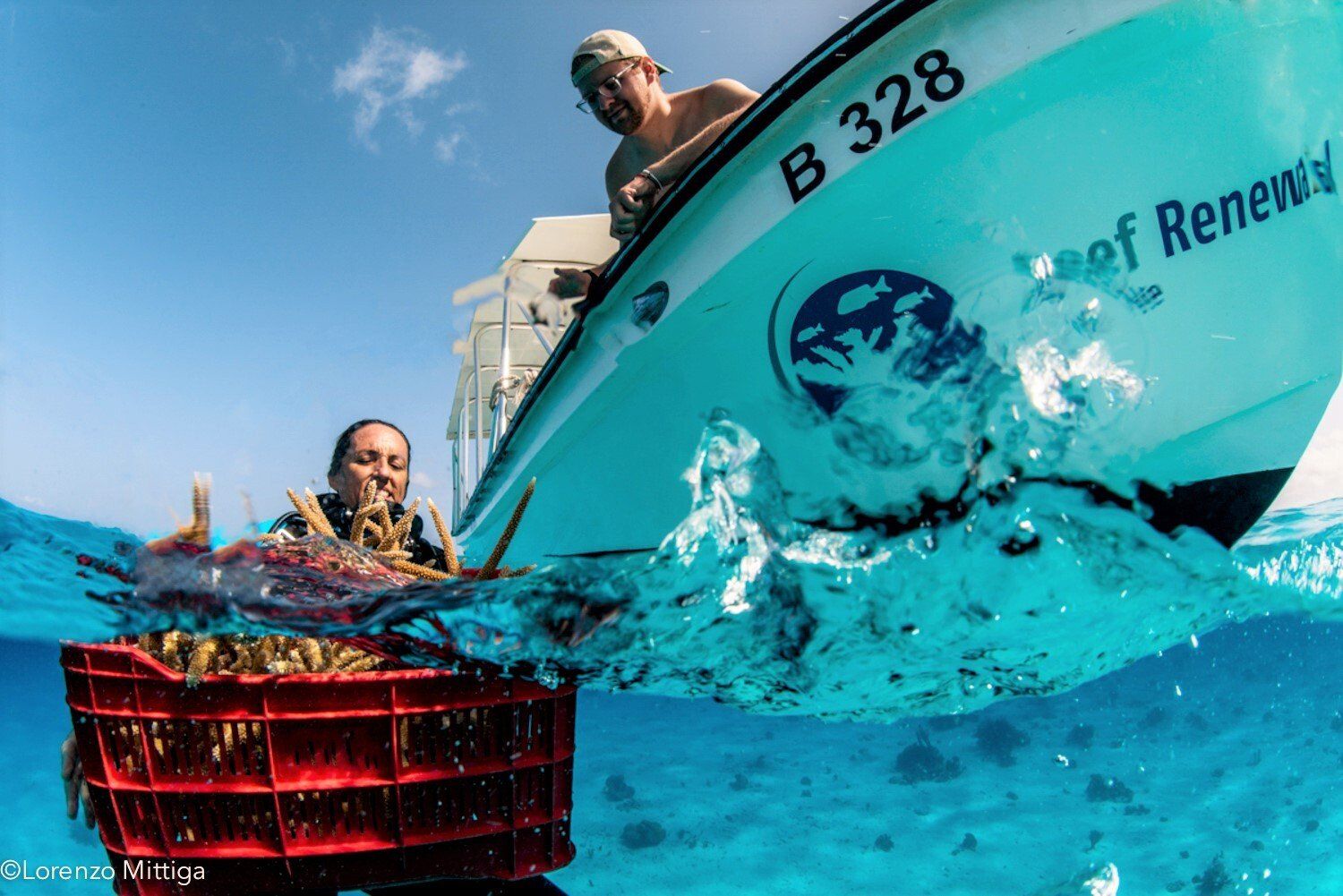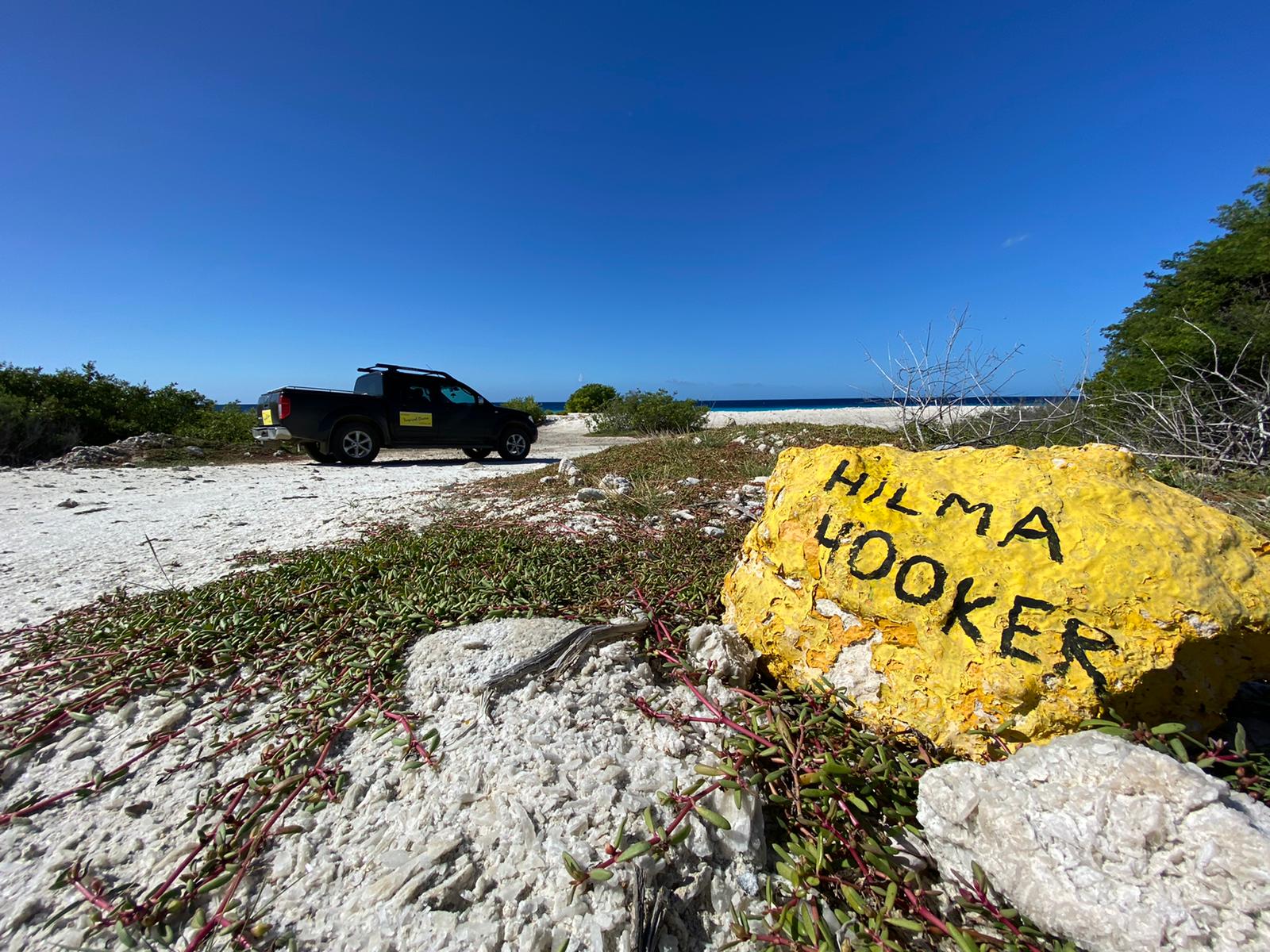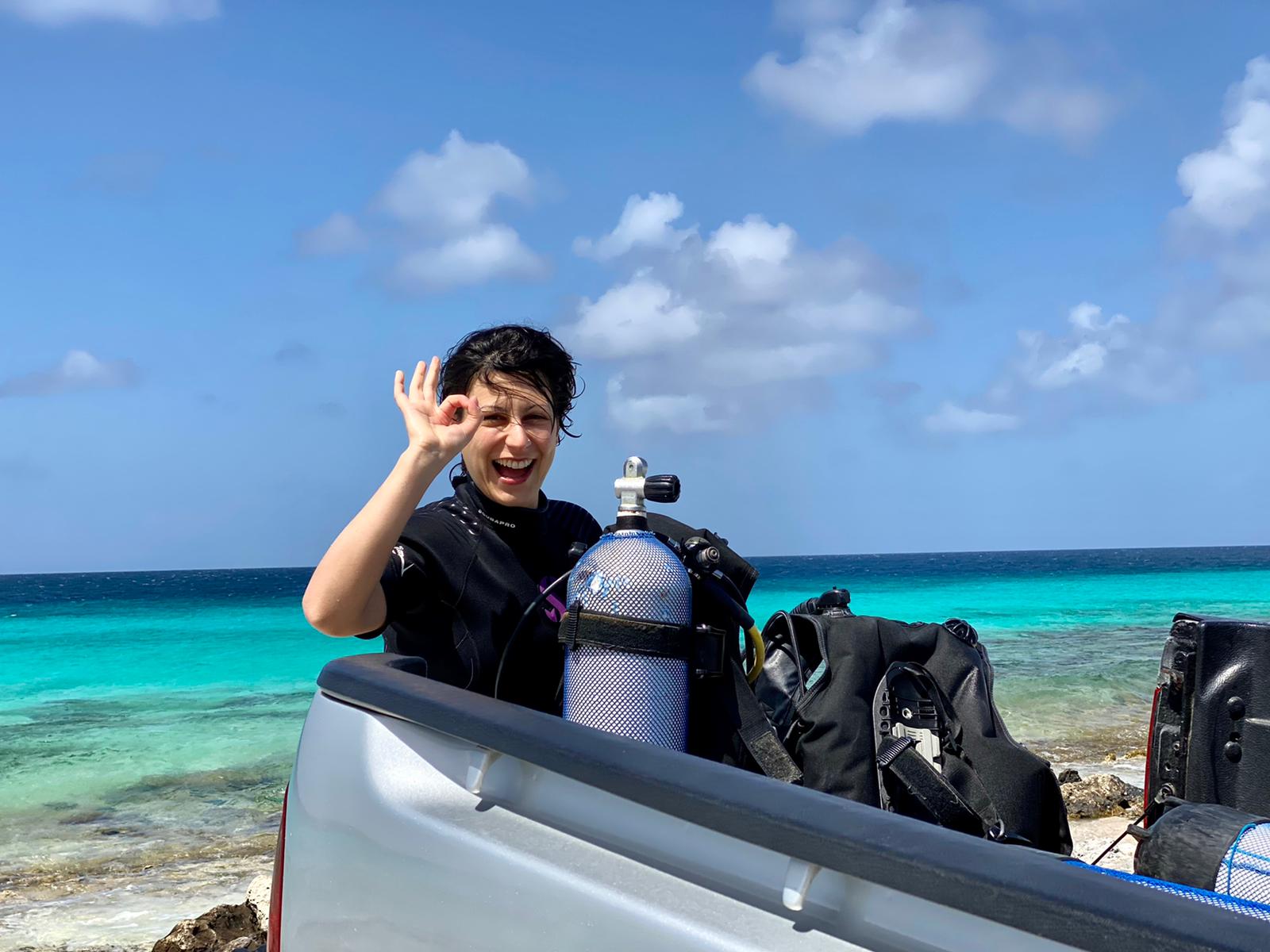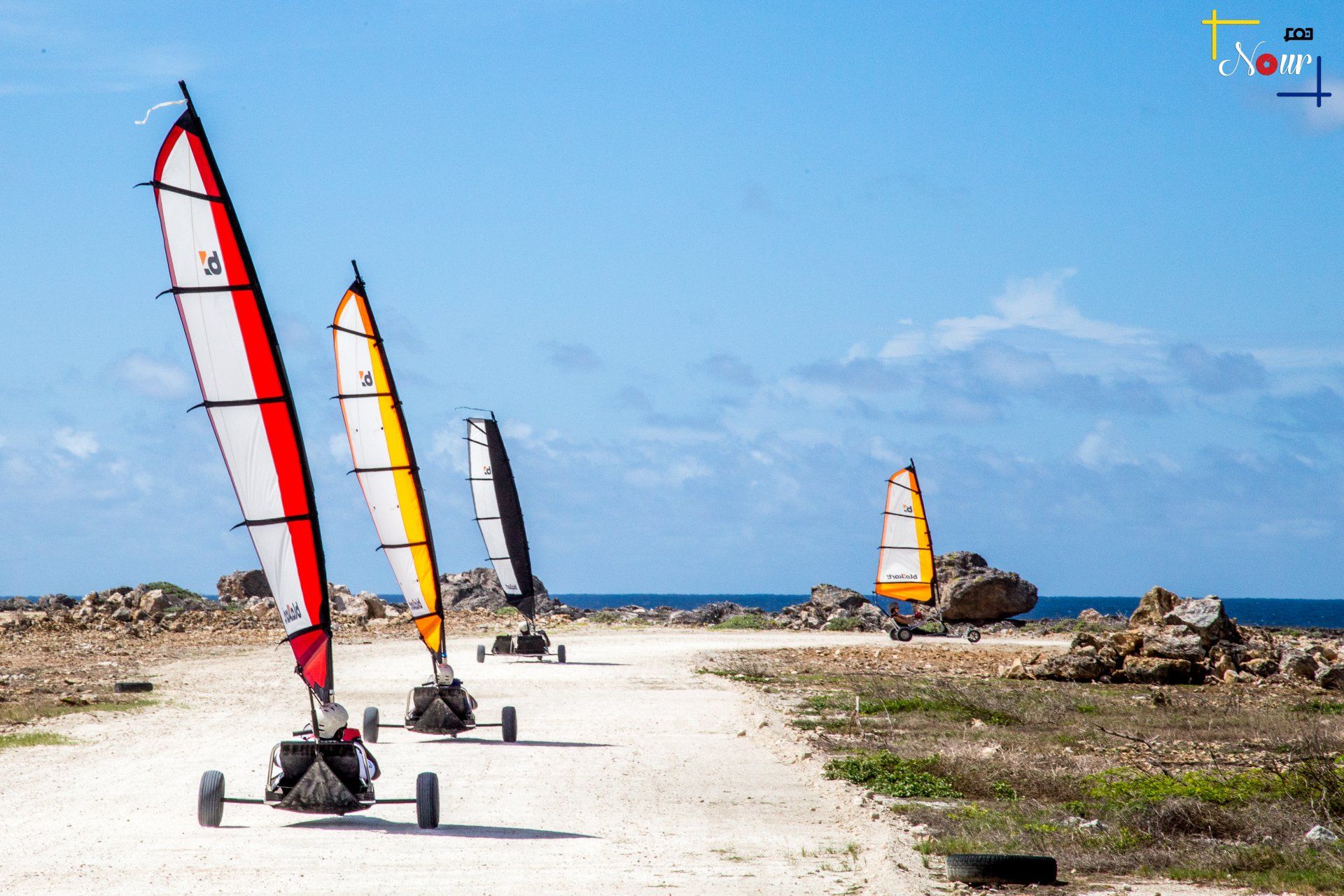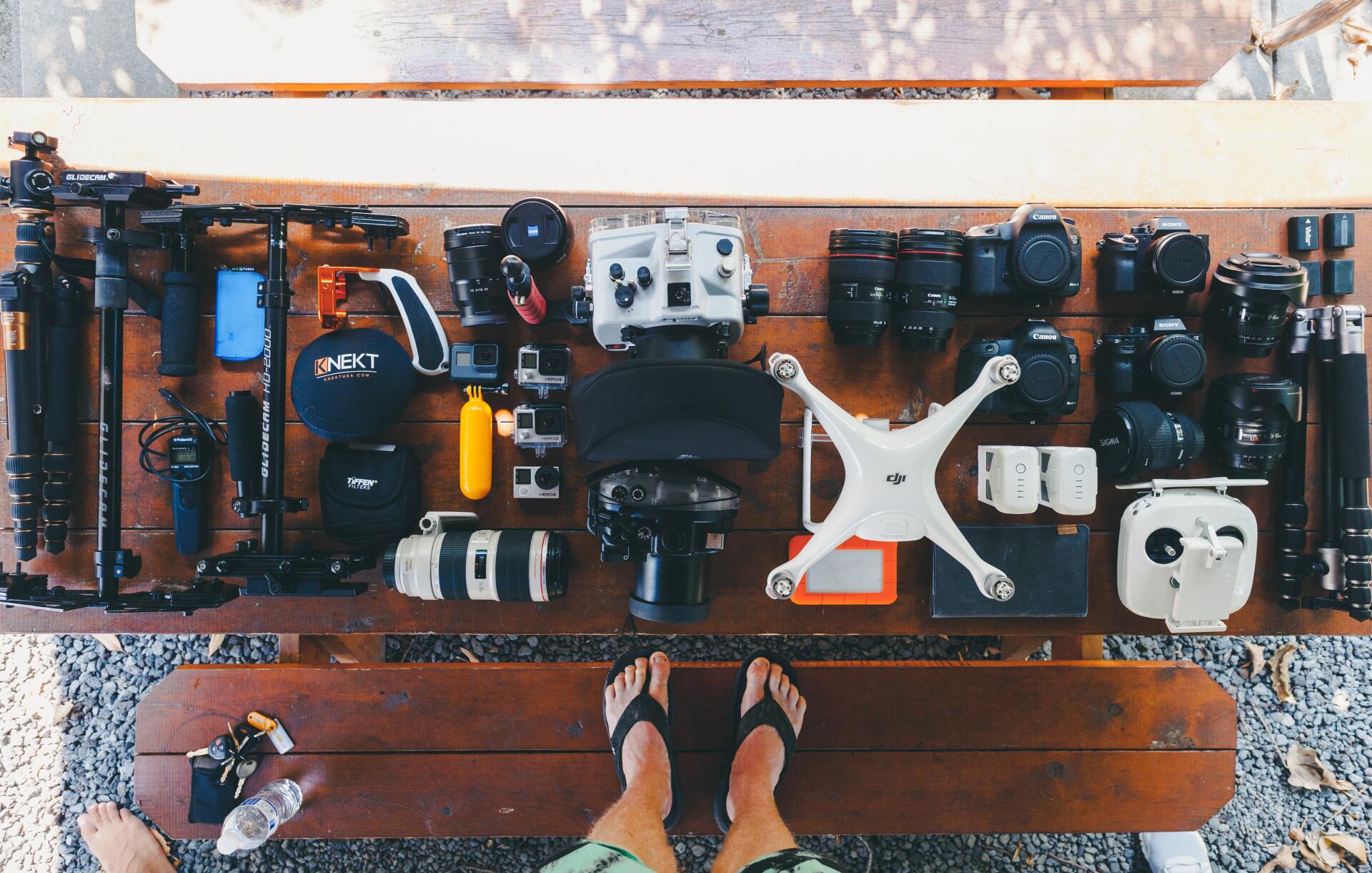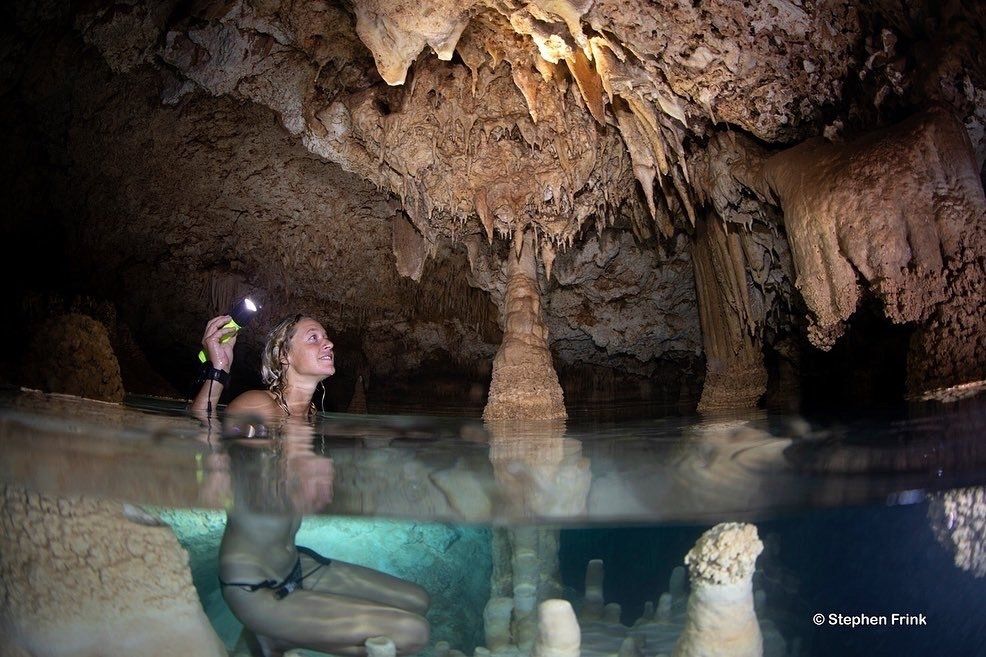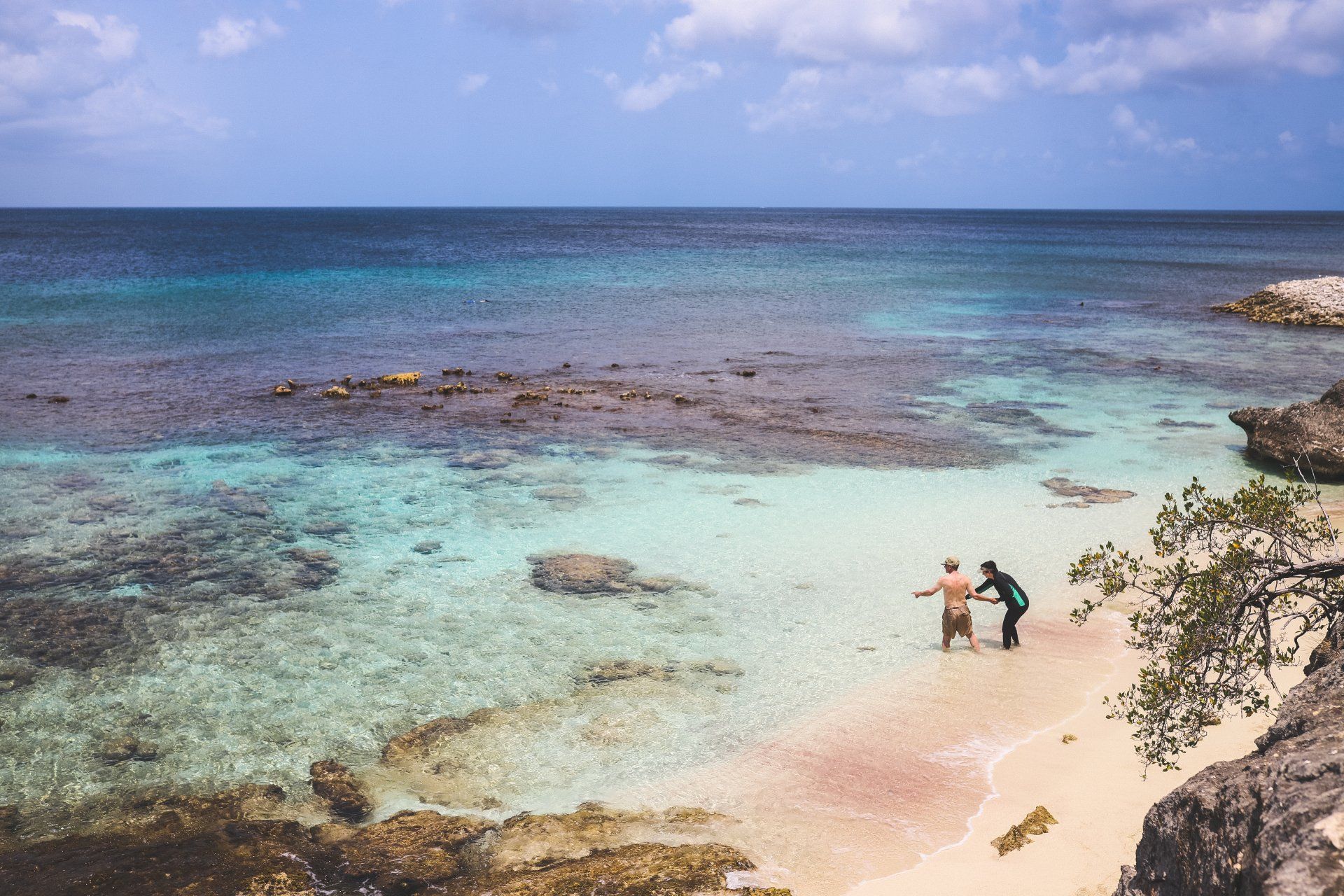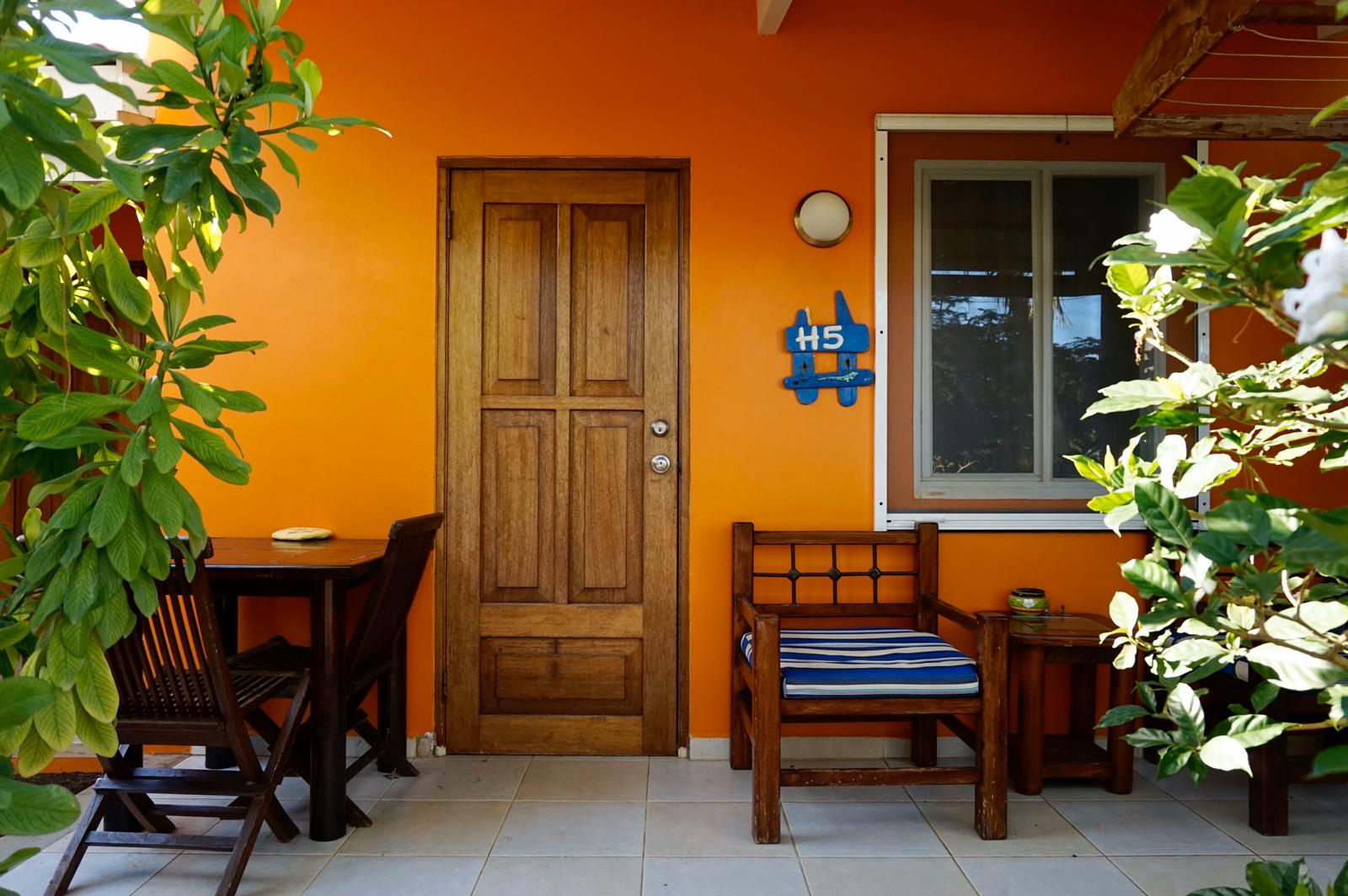HEROES OF THE OCEAN
The sad truth is that the coral reefs around Bonaire have seen better days. Several factor caused a severe decline of the overall surface covered by corals. These factors are human but also natural causes. Are you curious yet? Keep on reading. Reef Renewal Foundation was founded in 2012 and has made a huge different since then!
The mission
Several factors caused the decline of shallow water corals that are fundamental to the reefs. RRFB's mission is to protect and restore the coral reefs. This is done with two types of corals: Staghorn and Elkhorn that are fragmented, hung up in 'coral trees', growing and eventually out planted with different techniques.
The goal is not only to restore Staghorn and Elkhorn corals, but also to educate people from around the world about how they can help and spread the word about the importance of corals and use the latest science and research to guide and shape the techniques.
FROM A SINGLE ORGANISM TO A BEAUTIFUL CORAL REEF
The successful techniques that are used help the corals grow faster and safer. By placing trees to hang the fragmented corals in, the corals can grow faster. Due to the hight of the trees, predators have trouble getting to the them and because of the water movement they get more access to nutrition. The trees are flexible so they will not break by the current or swell of the ocean.
Once the corals are big and strong enough they are ready to be taken out of the trees, onto the reef. For Staghorn a technique called 'wedging' is used. When placing the Staghorn they are wedged the together, that way they support each other, are more stable and won't get pushed over by any swell during the growth process.
When out planting Elkhorn epoxy wil be used to glue the coral to the reef. This is needed to give the coral an extra support until they can grow themselves onto the support.





